
Polyphagous shot hole borer
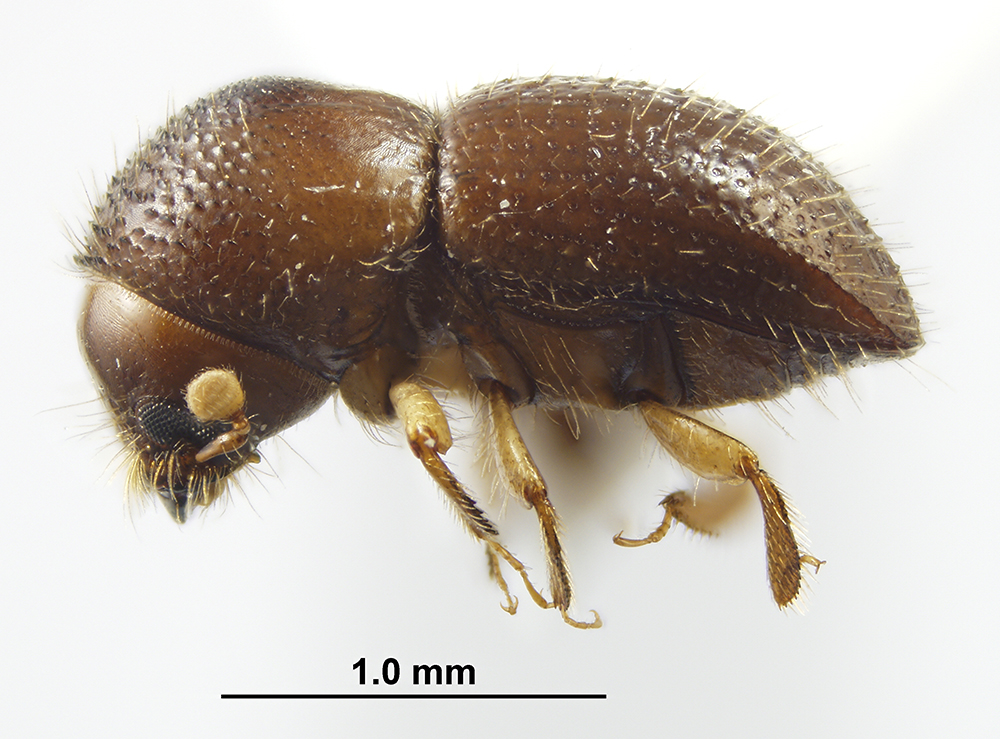
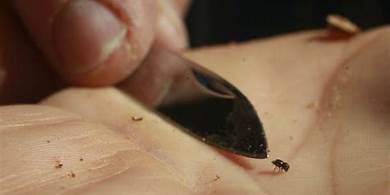
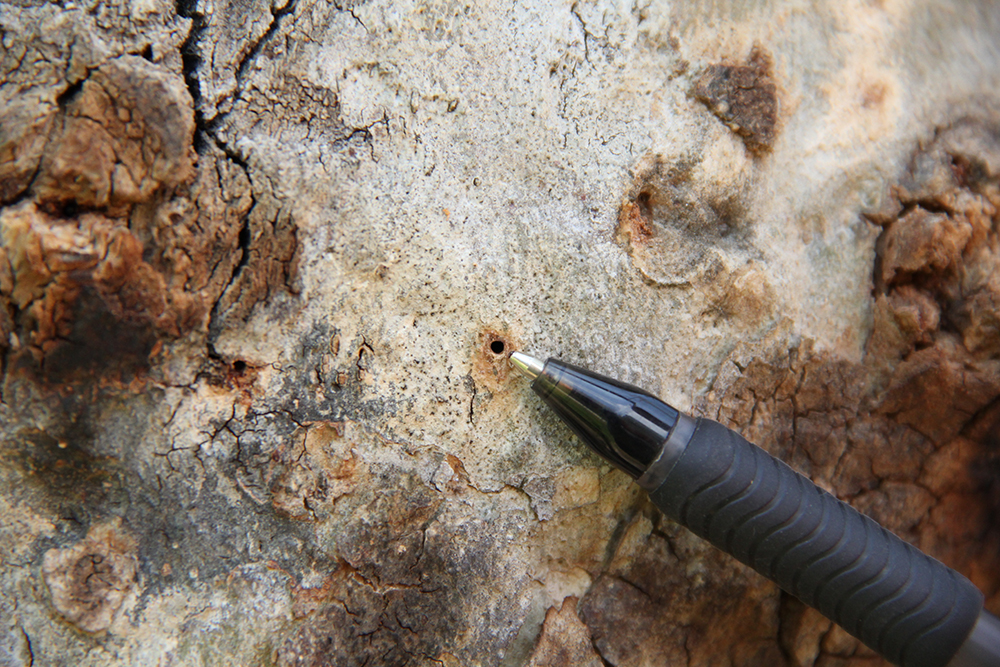
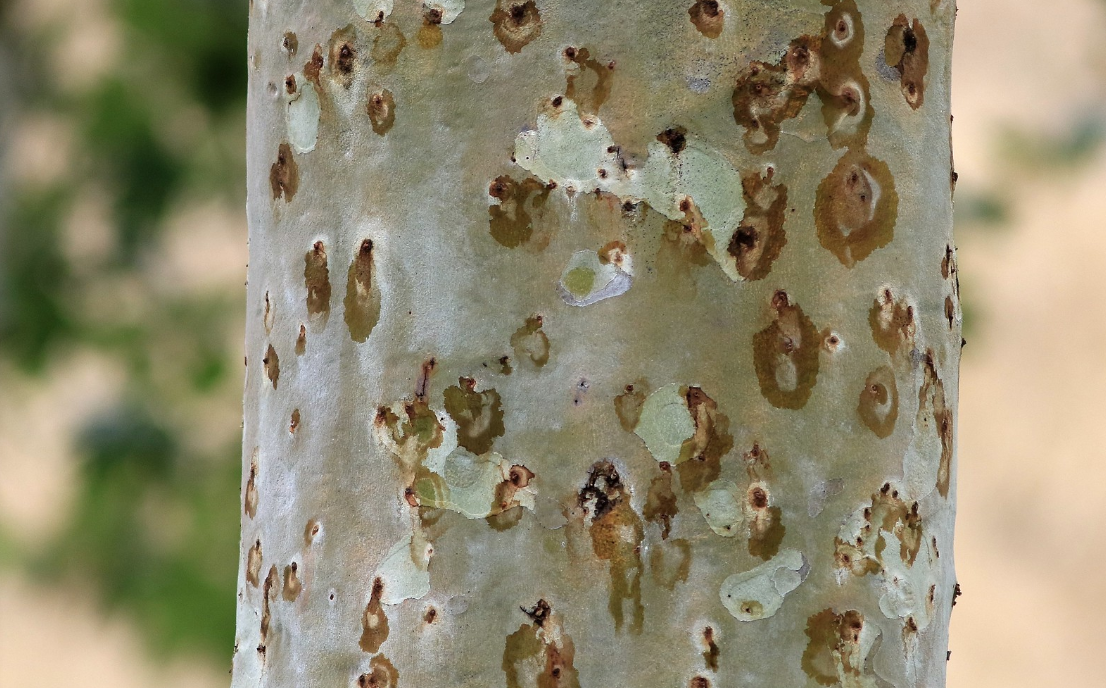
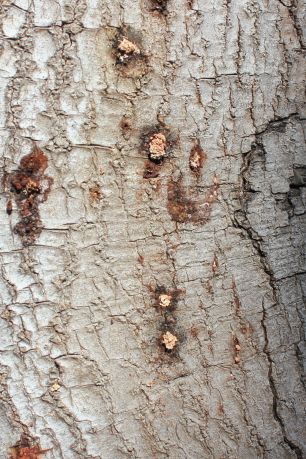
Polyphagous shot hole borer (Euwallacea fornicatus) (Figure 1) is an exotic plant pest not present in NSW. It vectors fusarium dieback (Fusarium euwallaceae). Polyphagous shot hole borer and fusarium dieback are serious threats to Australia’s horticultural industries, amenity trees and native environment. They are listed on Australia’s Exotic Environmental Pest List.
Fusarium dieback associated with attack by polyphagous shot hole borer affects a wide range of species, with highly susceptible species killed.
The WA Department of Primary Industries and Regional Development is responding to confirmed detections of polyphagous shot hole borer in the Perth metropolitan area.
Reporting
If you suspect polyphagous shot hole borer (Euwallacea fornicatus):
- Call the Exotic Plant Pest Hotline 1800 084 881
- Email biosecurity@dpi.nsw.gov.au with a clear photo and your contact details
- Complete an online form
Description
The adult beetle is very small, 1.5 to 2.5 mm long, and black (Figure 2).
The beetle bores about 1–4 cm into the tree; the exit hole is very small (<1 mm diam.); with many exit holes in an infested tree (Figure 3).
The larvae are small, white, legless and “C” shaped (Figure 4).
Host trees
Polyphagous shot hole borer attacks a wide range of hardwood trees, including species within Acacia, Acer, Brachychiton, Casuarina, Liquidambar, Magnolia, Persea, Platanus, Populus, Quercus, Cupaniopsis, Salix, Ficus, Camellia, Fagus, Albizia, Corymbia, Alnus.
Damage
The beetle (Euwallacea fornicatus) inoculates the fusarium dieback fungus (Fusarium euwallaceae) into the tree. The larvae of the beetles feed on the fungus within beetle galleries. The fungus destroys the food and water conducting system in the tree, leading to stress and dieback, and death in severe cases.
Symptoms of infection include water-soaked lesions surrounding exit holes in the bark, which are often surrounded by a white powdery exudate (borer frass) (Figure 5).
Sometimes frass tubes (which resemble small matchsticks extending from the hole) can be seen (Figure 6).
Examination under the bark and in the wood reveals beetle galleries and brown to black discolouration caused by the fungus.
Affected trees might show signs of wilting and have dead branches. In severe cases the whole tree dies.
Spread
Polyphagous shot hole borers may be introduced to Australia as eggs, larvae or adults concealed within raw timber materials. This could include whole plant parts, timber for construction, timber packaging, wood chips or any other material produced from host trees.
Distribution
Euwallacea fornicatus is native to Asia; it has been introduced to the USA, South Africa and Israel.
Lifecycle
Adult females disperse during the day and attack hosts within 30–35 m, but can travel up to 400 m. They bore into the branch or trunk. Eggs are then laid and take up to 1 month to develop into adults. Mating takes place within the galleries, then females disperse to new hosts.
Actions to minimise
Put in place biosecurity best practice actions to prevent entry, establishment and spread of pests and diseases:
- practice “Come clean, Go clean”
- ensure all staff and visitors are instructed in and adhere to your business management hygiene requirements
- monitor your crops regularly
- monitor and control weeds that can harbour the pest
- source plant material of a known high health status from reputable suppliers
- keep records

